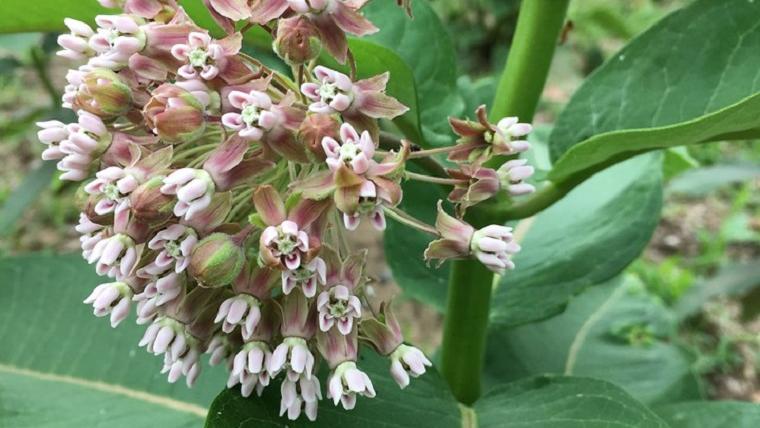
In a nutshell
Common milkweed, Asclepias syriaca, an important host plant for monarchs and other pollinators, has declined by 50 to 90% in parts of the U.S. To understand how changes in climate impact milkweed and potentially contribute to this decline, the author of a study published in Nature Scientific Reports compared flowering phenology data collected through Nature’s Notebook and temperature data from NOAA and DAYMET. With each degree of growing season maximum temperature increase, the mean flowering date for milkweed shifted nearly four days earlier. The shift occurred across first, last, and mean flowering dates but did not extend to initial growth or fruit ripening, suggesting that the entire flowering period may be responding to climate change. The shift became more significant over the period of 2011 to 2016.
What is special about this study?
The data used in this study collected by Nature’s Notebook observers spanned 23 states and 6 years, a much larger dataset than a small research team could have collected. This study highlights the value of the data collection methods employed in Nature’s Notebook: the author was able to restrict the analysis to records of flowering that were preceded by a “no” observation, showing that the observer was collecting data on the plant prior to flowering.
What does this mean for YOU?
Shifts in flowering time pose a risk to pollination, as activity of pollinators does not always keep pace with shifts in flowering. Common milkweed has a diversity of pollinators, which may buffer it somewhat from potential mismatches. Knowledge gained from this study of how common milkweed flowering is likely to shift with future climate change will help managers develop conservation plans for this species and its pollinators.
Citation: Howard, A.F. 2018. Asclepias syriaca (common milkweed) flowering date shift in response to climate change. Scientific Reports. 2018: 1-6. doi.org/10.1038/s41598-018-36152-2